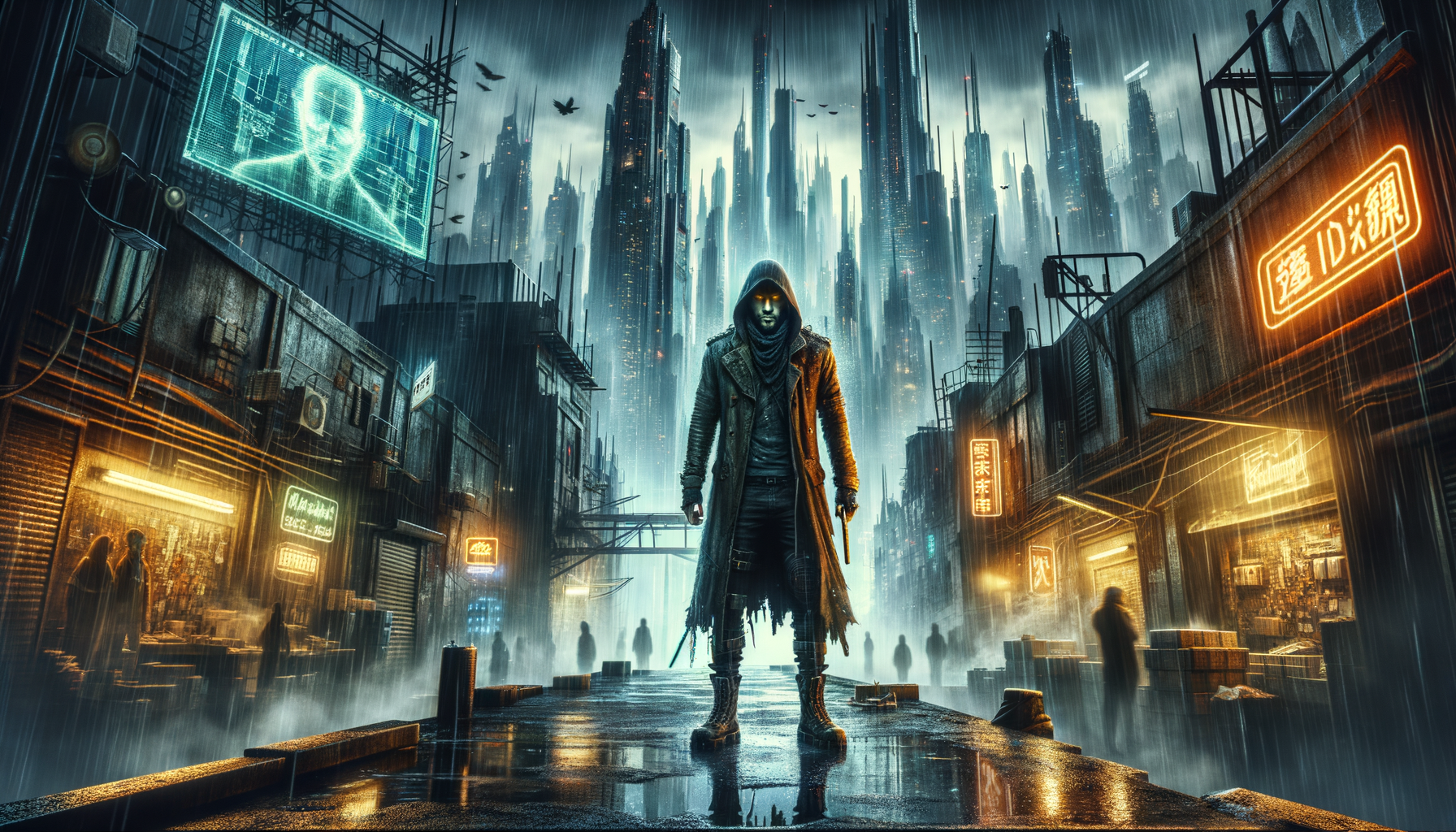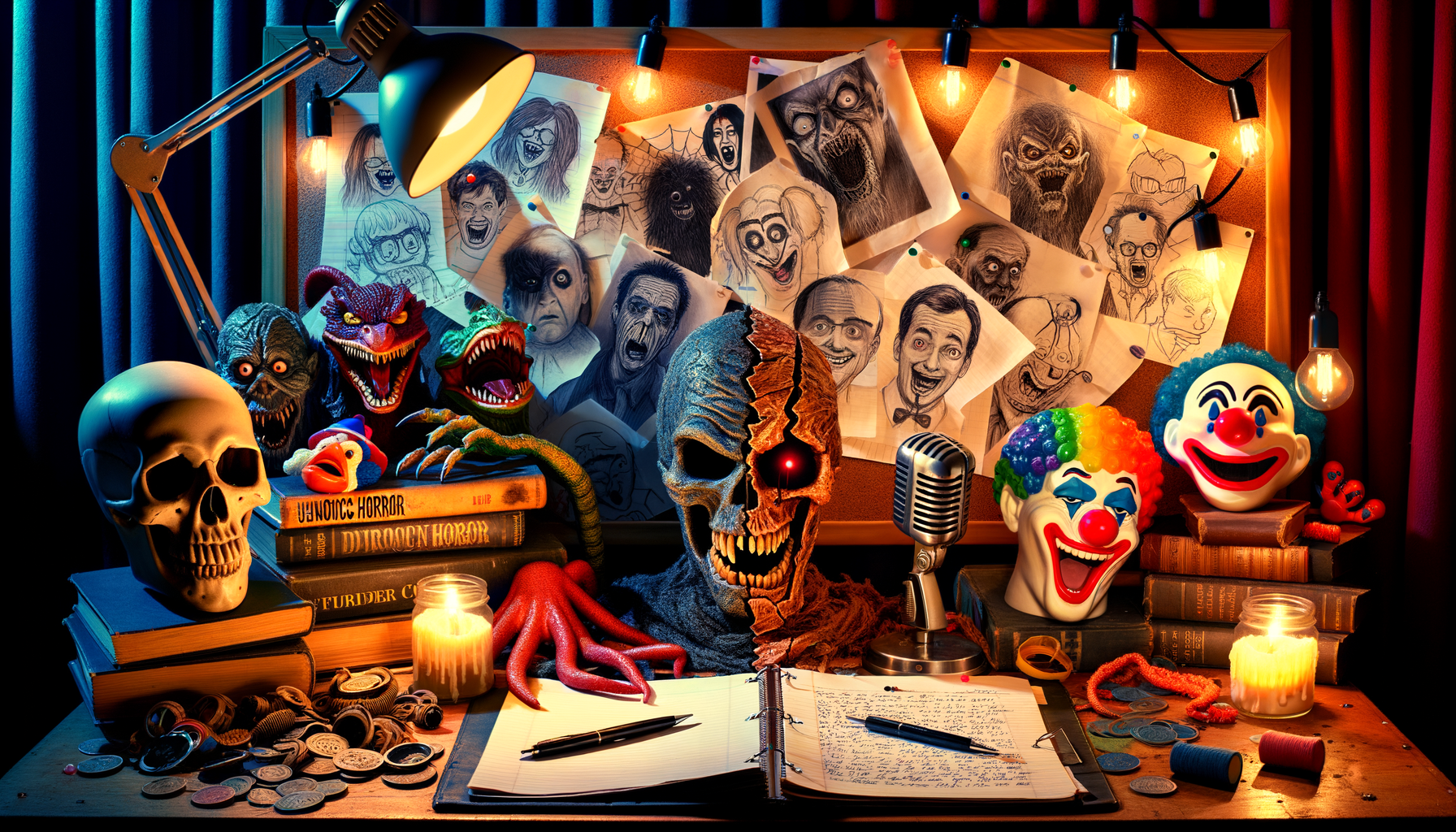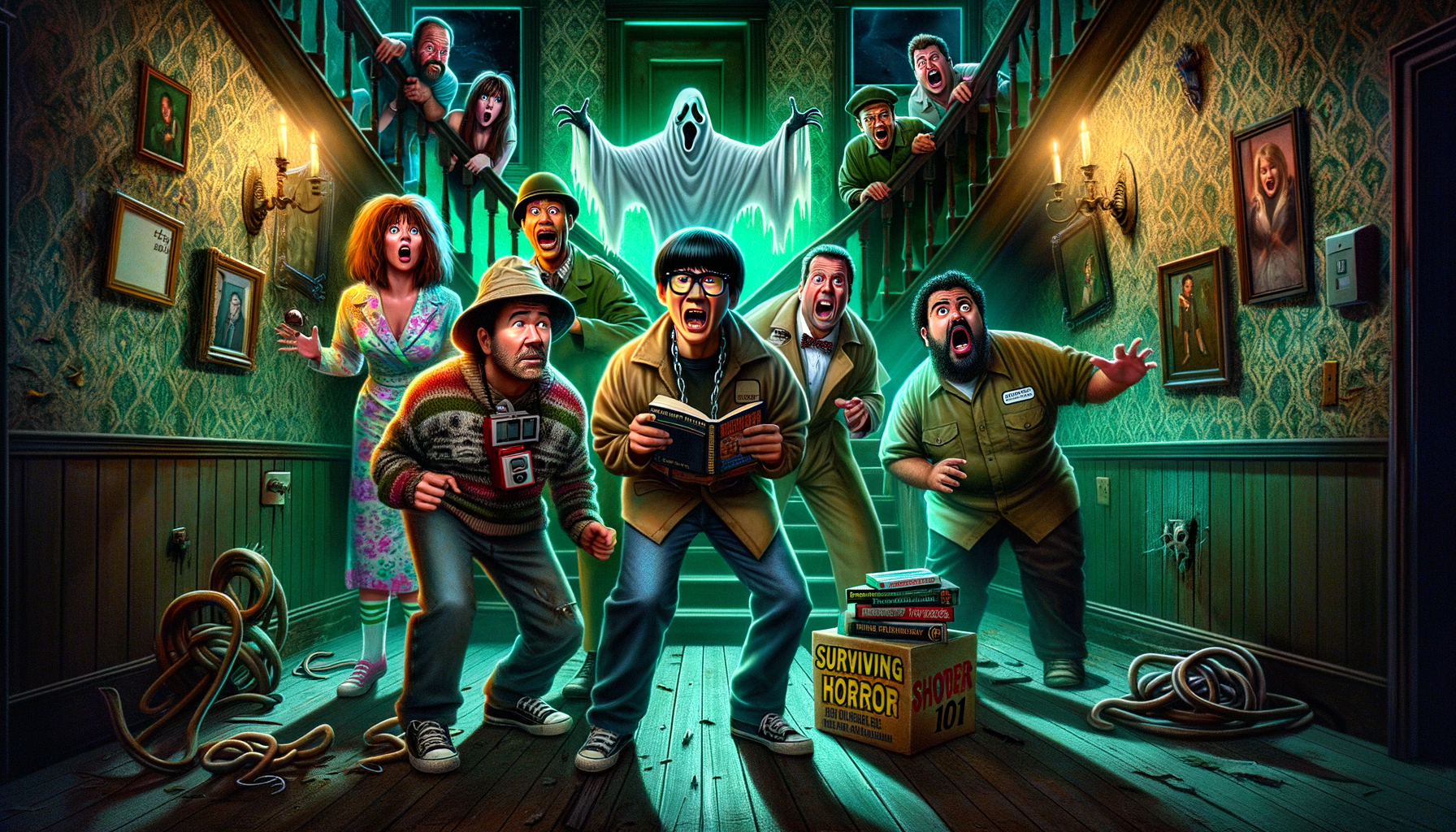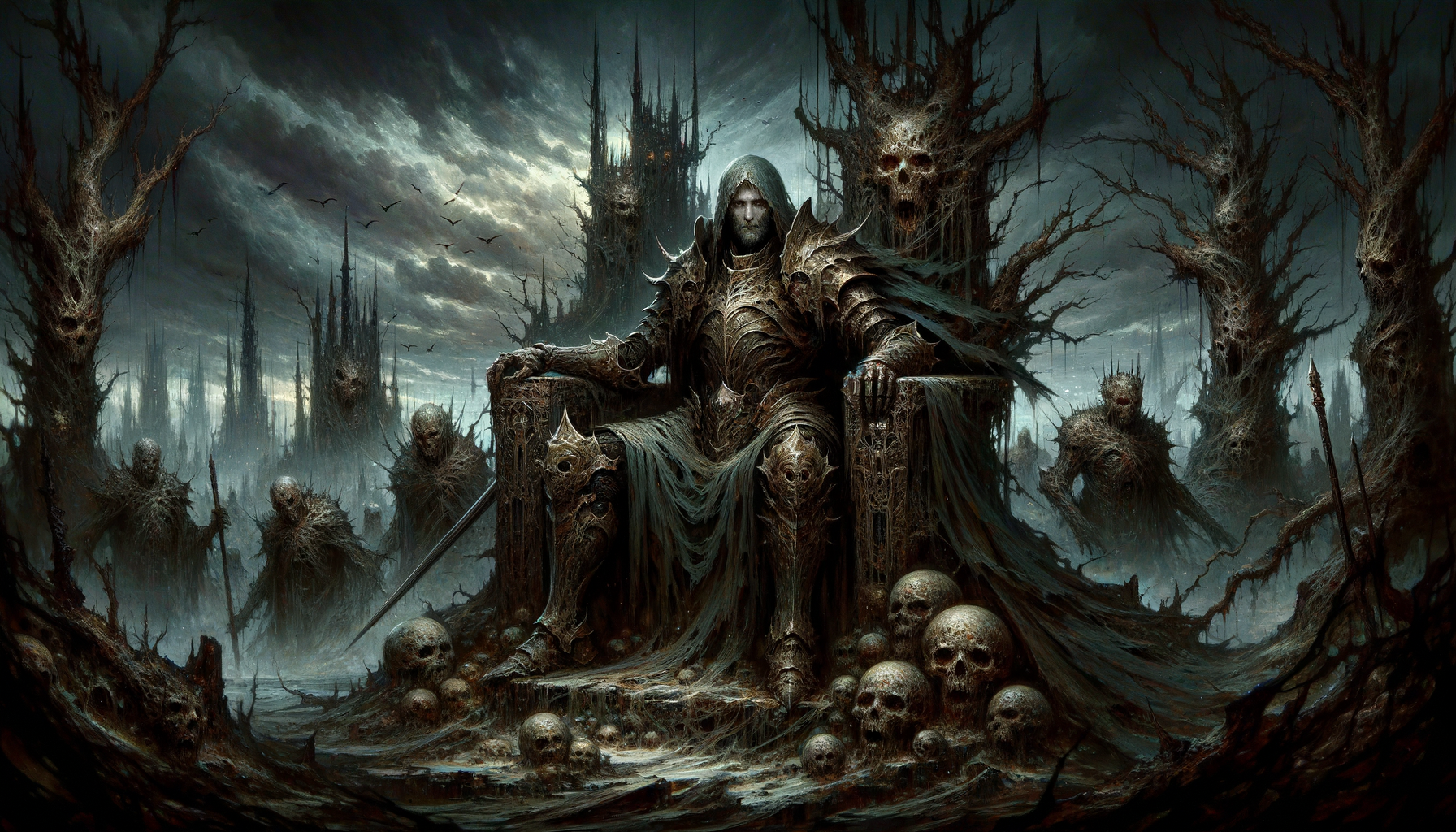Read into the development of grimdark antiheroes in 2024! Learn how to create complex, engaging characters that captivate readers in the grimdark genre.
Welcome to the dark and gritty world of grimdark literature! This genre, known for its morally ambiguous protagonists and bleak settings, has captivated readers and writers alike. Imagine characters who aren’t just dealing with their inner demons—they’re embracing them. An interesting stat shows that grimdark fiction has seen a 20% increase in readership over the past year alone! This article will guide you through the intricate process of developing grimdark antiheroes, from their flawed humanity to their murky moral compasses. Whether you’re a seasoned writer or new to the genre, you’ll find valuable insights to create unforgettable characters.
Understanding Grimdark Antiheroes
Let’s dive into the fascinating world of grimdark antiheroes. These characters are a unique breed, often defined by their morally ambiguous nature and complex personalities. Unlike traditional heroes who embody ideals of virtue and courage, or villains who are driven by malice and selfishness, grimdark antiheroes exist in a grey area. They are neither purely good nor entirely evil, making them unpredictable and compelling.
Definition and Characteristics of Grimdark Antiheroes
Grimdark antiheroes typically possess a mix of traits that set them apart from conventional protagonists. They might be morally flawed, cynical, or driven by personal vendettas. These characters often operate in harsh, unforgiving worlds where survival sometimes requires compromising one’s morals. Their actions and decisions are shaped by their experiences and the brutal environments they inhabit.
How They Differ from Traditional Heroes and Villains
What makes grimdark antiheroes so intriguing is their departure from the clear-cut roles of heroes and villains. Traditional heroes are often paragons of virtue, while villains are embodiments of evil. Grimdark antiheroes, however, blur these lines. They might perform heroic deeds for selfish reasons or commit morally questionable acts for what they believe is a greater good. This complexity makes them more relatable and human.
Examples from Popular Grimdark Fiction
To understand grimdark antiheroes better, let’s look at some examples from popular fiction. Characters like Geralt of Rivia from “The Witcher” series and Sand dan Glokta from “The First Law” trilogy are prime examples. Geralt, a monster hunter, operates in a morally grey world, often making choices that challenge traditional notions of heroism. Glokta, a torturer turned inquisitor, is deeply flawed yet strangely sympathetic, embodying the grimdark antihero’s complexity.
Crafting Complex Backstories
Creating a compelling grimdark antihero requires a well-developed backstory. This backstory not only shapes their motivations but also adds layers to their character, making them more engaging.
Importance of a Well-Developed Backstory
A rich backstory provides context for your antihero’s actions and decisions. It explains why they are the way they are and helps the reader understand their moral compass, or lack thereof. Without a detailed backstory, your antihero might come across as one-dimensional or unconvincing.
Techniques for Revealing Backstory Through Narrative
Revealing an antihero’s backstory can be a delicate balancing act. You want to provide enough information to intrigue the reader without overwhelming them with exposition. Techniques like flashbacks, dialogue, and subtle hints can be effective. For instance, a brief mention of a traumatic event in passing conversation can pique the reader’s interest and gradually reveal more about the character’s past.
Balancing Mystery and Revelation
Maintaining a sense of mystery while revealing backstory is crucial. You don’t have to lay out the entire history of your antihero in one go. Instead, drip-feed information throughout the narrative. This keeps the reader engaged and encourages them to piece together the character’s past, creating a more interactive and immersive experience.
Exploring Moral Ambiguity
Moral ambiguity is a cornerstone of grimdark fiction. It allows for the creation of complex, multifaceted characters who challenge the reader’s perceptions of right and wrong.
The Role of Moral Ambiguity in Grimdark Fiction
In grimdark fiction, moral ambiguity reflects the often harsh and unforgiving worlds the characters inhabit. It forces characters to make tough choices, where the line between good and evil is blurred. This ambiguity makes the story more realistic and relatable, as real-life decisions are rarely black and white.
Creating Situations That Challenge Your Antihero’s Morals
To highlight your antihero’s moral ambiguity, place them in situations that challenge their ethics. These scenarios should force them to weigh their desires against the greater good, revealing their true nature. For example, an antihero might have to choose between saving a loved one or stopping a catastrophe. Such dilemmas add depth to the character and keep the reader engaged.
Reader Engagement Through Morally Complex Decisions
When your antihero faces morally complex decisions, it invites readers to ponder what they would do in the same situation. This engagement deepens their connection to the character and the story. By presenting choices with no clear right or wrong answer, you encourage readers to empathize with the antihero’s plight, making the narrative more compelling.
Emotional Depth and Human Flaws
Developing emotional depth and highlighting human flaws are essential for creating relatable and memorable grimdark antiheroes.
Developing Emotional Depth in Your Antihero
Emotional depth makes your antihero more than just a collection of traits and actions. It involves exploring their inner world—their fears, desires, and vulnerabilities. Showing moments of weakness or introspection can humanize your antihero, making them more relatable and engaging.
Using Human Flaws to Make Characters Relatable
Human flaws are what make characters relatable. No one is perfect, and neither should your antihero be. Whether it’s a tendency towards anger, a deep-seated insecurity, or a crippling fear, these flaws make the character more realistic. They also provide opportunities for growth and development throughout the story.
The Impact of Emotional Struggles on Character Development
Emotional struggles can drive significant character development. As your antihero grapples with their internal conflicts, they can evolve in unexpected ways. These struggles might lead to moments of redemption, further moral decline, or a deeper understanding of themselves. This evolution keeps the character dynamic and the story engaging.
Antihero Relationships and Interactions
Even in grimdark settings, relationships play a crucial role in character development and narrative progression.
Building Meaningful Relationships Despite Grim Settings
In a grimdark world, relationships can be a beacon of hope or a source of further conflict. Building meaningful relationships for your antihero, whether with allies or adversaries, adds depth to their character. These relationships can offer insights into the antihero’s values and priorities, providing a fuller picture of who they are.
Contrasting Relationships with Allies Versus Enemies
Contrasting how your antihero interacts with allies versus enemies can reveal different facets of their personality. With allies, they might show loyalty, vulnerability, or even affection. With enemies, they might display ruthlessness, cunning, or hatred. These contrasting interactions highlight the complexity of the antihero and keep the reader intrigued.
How Relationships Reveal Different Sides of the Antihero
Relationships can act as mirrors, reflecting different sides of the antihero. An ally might bring out their protective nature, while an enemy might expose their vengeful side. By carefully crafting these interactions, you can reveal the multifaceted nature of your antihero, making them more compelling and realistic.
World-Building for Grimdark Settings
The world your antihero inhabits is as crucial as the character themselves. A well-crafted grimdark setting can enhance the narrative and deepen the reader’s immersion.
Key Elements of a Grimdark World
Grimdark worlds are often characterized by their bleakness, moral decay, and pervasive sense of despair. Key elements might include corrupt institutions, widespread poverty, and a general sense of hopelessness. These settings provide a backdrop that challenges the antihero and shapes their actions and decisions.
How Setting Influences the Development of Your Antihero
The grimdark setting influences your antihero’s development by presenting constant challenges and obstacles. The harsh environment forces them to adapt, often in morally ambiguous ways. This interplay between character and setting adds depth to the narrative and makes the antihero’s journey more compelling.
Integrating World-Building Seamlessly with Character Arcs
Seamless integration of world-building and character arcs is essential for a cohesive narrative. The setting should not feel tacked on but rather an integral part of the story. As your antihero navigates the grimdark world, their experiences should reflect the setting’s influence, creating a harmonious blend of character and environment.
Writing Techniques for Grimdark Antiheroes
Finally, let’s explore some writing techniques that can bring your grimdark antihero to life.
Narrative Styles Suited for Grimdark Fiction
A narrative style that complements grimdark fiction is often gritty and unflinching. First-person and close third-person perspectives can be particularly effective, as they allow for deep exploration of the antihero’s thoughts and emotions. A raw, unpolished narrative voice can also enhance the grim atmosphere.
Using Dialogue to Reveal Character Depth
Dialogue is a powerful tool for revealing character depth. Through conversations, you can showcase your antihero’s wit, cynicism, or vulnerability. Subtext in dialogue can also hint at their internal struggles and motivations, adding layers to their character.
Maintaining Tension and Pacing in Grimdark Stories
Maintaining tension and pacing is crucial in grimdark stories. The narrative should keep the reader on edge, with a sense of impending doom or uncertainty. Use cliffhangers, unexpected twists, and high-stakes scenarios to maintain this tension. Pacing should be carefully managed to balance action with moments of introspection and character development.
By understanding these elements and techniques, you can create a compelling, multifaceted grimdark antihero that captivates your readers and brings your story to life.
Conclusion
Creating grimdark antiheroes is a challenging yet rewarding endeavor. By understanding their complexity, moral ambiguity, and emotional depth, you can craft characters that resonate deeply with your readers. Don’t shy away from the darkness—embrace it, and let it shape your narrative in compelling ways. Ready to dive into the shadows and start creating? Let your imagination run wild, and watch as your grimdark antiheroes come to life on the page. Happy writing!




